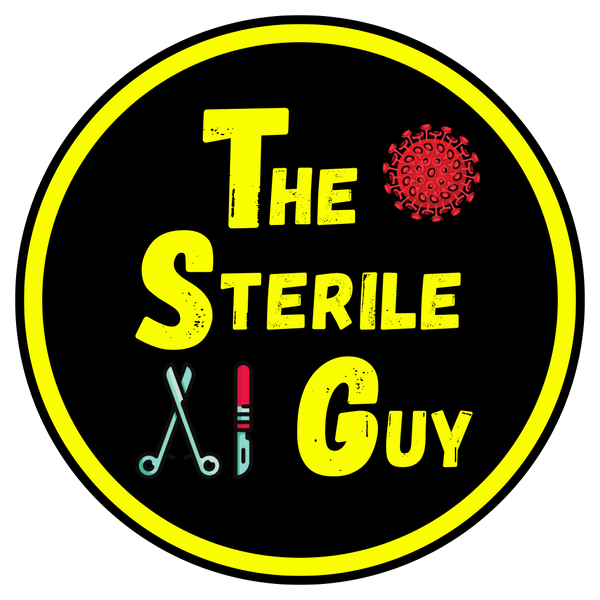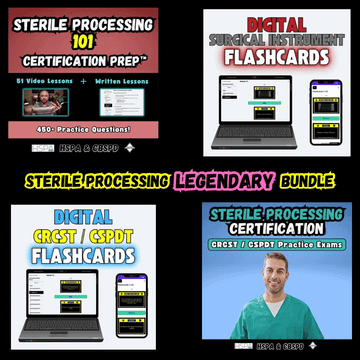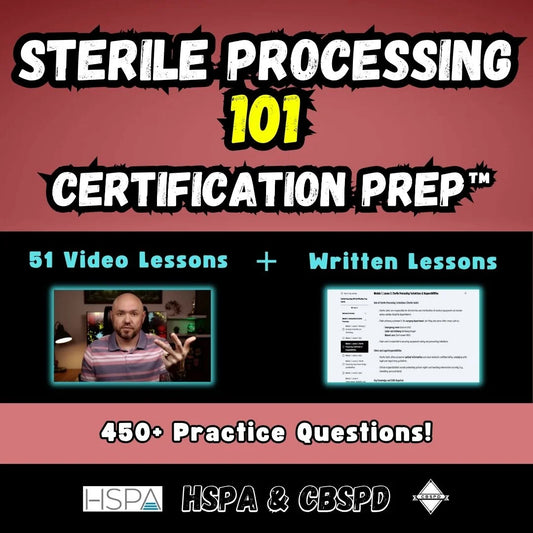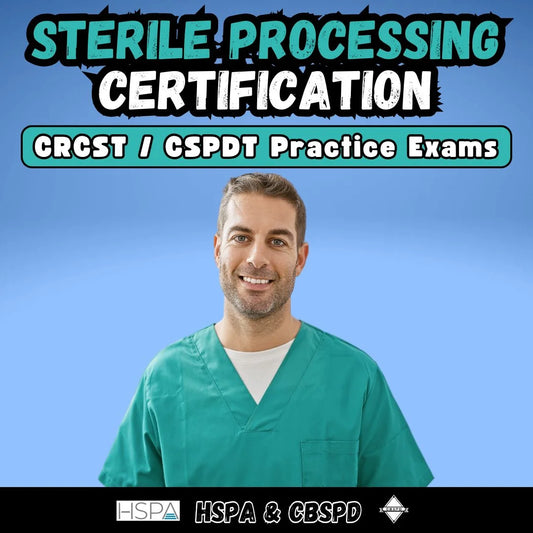AAMI Standards - Requirements vs Recommendations

The Association for the Advancement of Medical Instrumentation (AAMI) is a standards development organization that provides guidelines and recommendations for the healthcare industry covering all medical device disinfection and sterilization processes. When reading through AAMI standards, it could be confusing at times to interpret the actual requirement your Sterile Processing department must follow. AAMI uses three distinct words that sometimes bring confusion when reading from a standards perspective.
AAMI defines certain terms, such as "may," "shall," and "should," within its standards to establish varying levels of requirements or recommendations. Let me break down these words and their true definitions according to AAMI.
May:
When AAMI uses the term "may" in its standards, it indicates an optional action or possibility. It implies that a particular course of action or condition is allowed but not mandatory. It grants flexibility or discretion to the user or organization to decide whether to implement the suggested action. When AAMI uses the term "may", it is usually to provide flexibility to the end users with options. For instance, AAMI denotes eye protection as a requirement, but then states "which may include goggles, full-length face shields, or other devices." AAMI is not mandating any specific product, however, they do mandate eye protection.
Shall:
The term "shall" in AAMI standards indicates a mandatory requirement. It imposes an obligation or a necessary action that must be followed without exception. It signifies a specific rule or provision that must be adhered to for compliance with the standard. The funny thing is though, the word "shall" is only mentioned in AAMI ST79:2017 two times. Once, in the explanation of what the word means in AAMI, and the second is only stating: “An integrating indicator shall be designed to react to all critical variables" in reference to how an integrating indicator works. With the amount of regulations in healthcare, it is mind boggling that the word shall is hardly used.
Should:
AAMI uses the term "should" to express a strong recommendation or sometimes even best practice. It suggests an action that is highly advisable to achieve the desired outcome but does not state it is mandatory. Deviation from a "should" recommendation may require a valid justification and usually opens the door to liability and findings from your hospital accreditation agency.
Strong Recommendation Example: "Biological indicators should be used within PCDs (see 13.5.4, 13.7.2.1, 13.7.3.1, and 13.7.4.1) for routine sterilizer efficacy monitoring at least weekly." At least weekly is the absolute minimum and is not considered "best practice."
Best Practice Example: "Newly manufactured loaned items should be decontaminated before sterilization to remove bioburden and substances (e.g., oil, grease) that may remain on the item from the manufacturing process."
It's important to note that the definitions of these terms may vary slightly depending on the context or specific AAMI standard being referenced. It's essential to consult the relevant AAMI standard document for precise definitions and usage within a particular guideline or recommendation. These can be found in the "Forward" sections of the AAMI guidelines.
Share
Let customers speak for us
from 241 reviewsI took the practice test and I got a 91% on my certification exam!!
This course was the extra boost that I needed in order be confident in passing the exam. Thank you for all the information provided. I even refer to your notes while working.
Very helpful to me I can study any where at my own pace and low cost than going to school...I'm glad that there is something like this online to help anyone who want to pursue their career as a sterile processing tech.
I loved it, it’s very informative and the questions are great, it’s a great resource to purchase if you want to prepare for your certification exam!
I’ve really enjoyed this course so far. It delivers the information in a straightforward, digestible way. The Sterile Guy has compiled a highly effective program. Thanks very much from one highly satisfied customer!
The practice exams are detailed and easy to navigate. Brandon continues to show his passion in this industry by sharing his knowledge with up-and-coming techs. I also recommend investing in his flashcards. It has helped me greatly. Thank you, Brandon!,
These practice quizzes really helped me get the hang of answering questions related to instruments and the processes of preparing them! I even bought them twice cause I ran out of time lol. Super helpful!
I recently completed the Sterile Processing Guy course online and was extremely impressed. The content was clear, well-organized, and easy to follow. It helped me better understand important concepts like decontamination, disinfection, and sterilization. I appreciated how practical and informative the lessons were, it definitely made studying for certification feel more manageable. I highly recommend this course to anyone pursuing a career in sterile processing!
I won’t lie, I failed the first time around. So I decided to buy this practice test and I passed with flying colors my second go. Highly recommend to anyone interested in the CER, it helped a lot!
The flash card quality is amazing! Bravo sir! The card quality is way above average, questions are great! I’m still learning, utilizing these cards and your practice tests. Thanks for all the info!
I passed the CRCST exam. Taking reg sterile guy practice test over and over definitely helped get the job done.
This certification prep course is a must. Great videos with a lot of information and plenty of of practice exams.
These flashcards are so helpful and well put together. Highly recommend!
I'm really happy that I purchased the SP practice exam. I love how if you answer the question incorrectly, the correct answer will include the page number of the text book to find the answer. The questions are literally based on the textbook. I suggested "The Sterile Processing Guy" to my friend that is studying for the exam as well.








